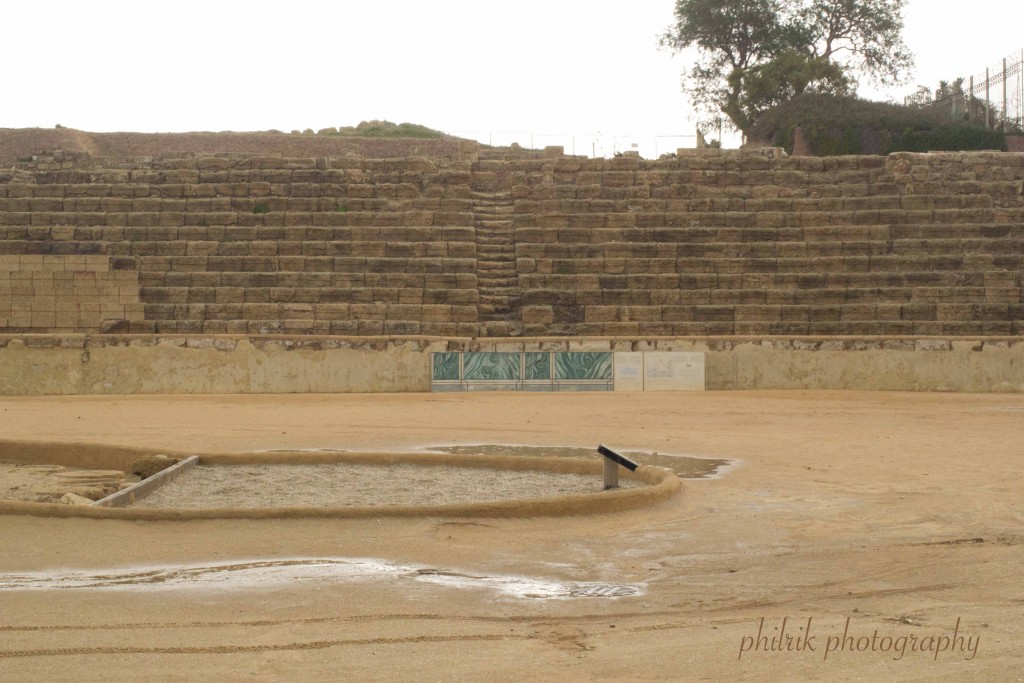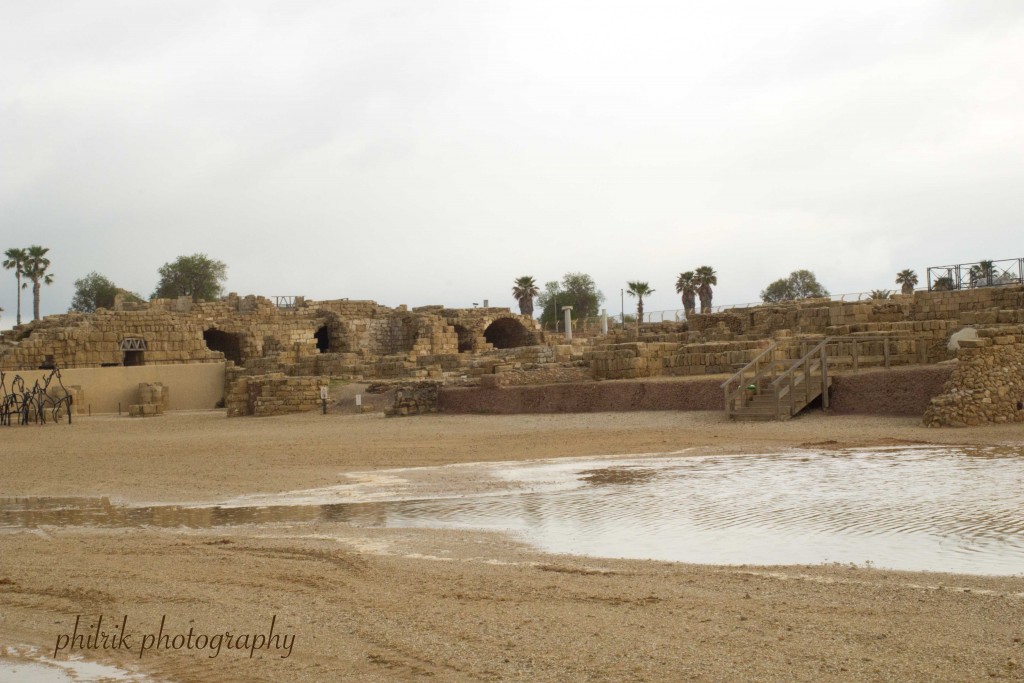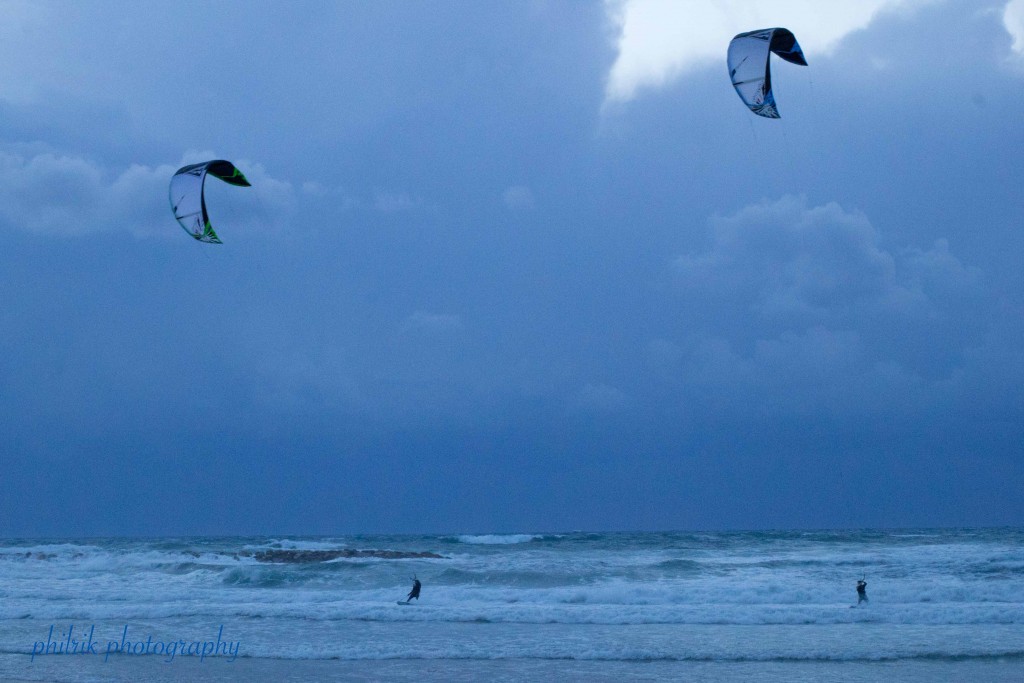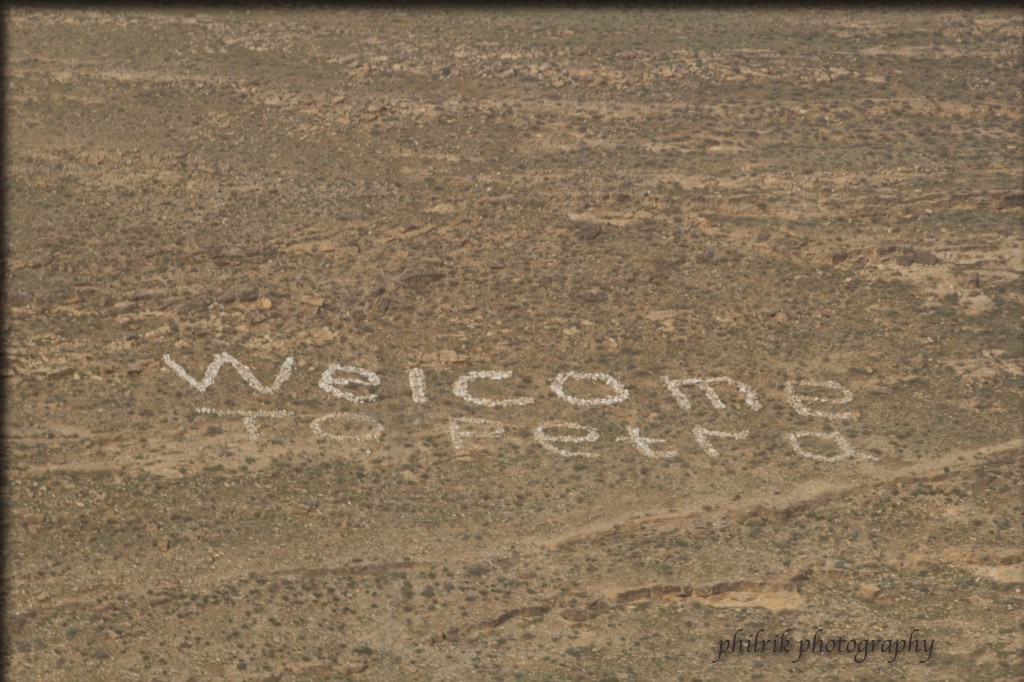With Valentine’s Day right around the corner, it seems appropriate to talk about love, that oft-illusive thing we’re all after. I do not mean romantic love, but the enduring, self-sacrificial love that many of us have yet to encounter, even within the body of Christ. This post will not flush out all that love is or all the ways it is seen. It is meant rather to spotlight some I know who have done it well and to encourage the rest of us to learn from them.
For some time, I had been asking the Lord to teach me more about His love; and in His goodness, He prepared a way for me to learn by experience. Last June, the Lord took me across the ocean to a small group of people in an unassuming house in a little European country to surround me with His love. He surrounded me with His love by surrounding me with people who knew His love and had no greater desire than to show the love that had first been shown to them by Christ.
My two teens and I traveled to Croatia to work alongside long time friends and get a close-up view of their ministry at DPB House Training Center in Severin na Kupi, near the border with Slovenia. Drustvo Prijateja Biblije (DPB) House Training Center is a place dedicated to intentional Biblical discipleship, mentoring, ministry training and retreat. Included in the programming is Leadership Lab International — preparing and equipping young adults for cross-cultural ministry and church-planting, CREW discipleship through practical servant-hood by maintaining the facility and serving campers, and a variety of summer camps.
I was given the task of capturing the heart of the ministry on camera, an impossible task, I would soon discover. I didn’t get a photo of my teenage roommate asking me every night how my day had been as we tucked into our beds and turned off the lights. No one will ever see that she asked me to tell her about the friend I’d lost that day, or how she listened and laughed at my memories of a bold, opinionated Italian woman who kept us all on our toes. I don’t have photos of the strong hugs and parting words, “If not before, then Heaven.” There is no evidence of an evening spent with friends on a mountaintop watching the sun sink and the fog roll in as we talked about the love of Christ and how impossible it is to meet Jesus and be unchanged. There are no photos of campfire prayers under stars in the darkness as students and campers alike poured out prayers for each other. I have nothing but my memory as evidence that someone stopped in their tracks on the way to the next scheduled event to pray for my injured husband back home. There were numerous times that impromptu prayers were offered on another’s behalf simply because a need was expressed, or even more simply because they were a brother or sister in Christ.
Teamwork, unity, kindness, service, laughter, joy, worship, fellowship, encouragement, admonishment, support, prayer, peace, hospitality, and more characterized my experience at DPB House. Truly love reigned over all because “Love is patient and kind; love does not envy or boast; it is not arrogant or rude. It does not insist on its own way; it is not irritable or resentful; it does not rejoice at wrongdoing, but rejoices with the truth.” (1 Corinthians 13:4-6). Philippians 2, the challenge for believers in Jesus to follow His example of humility by looking to others’ interests and serving them, was not only taught but exemplified in the lives of students and leaders alike.
1 John 3 opens by telling us to SEE what kind of love (!!) the Father has given us. How does He give us His love? He gives us His love by Christ’s death on the cross and His resurrection from the dead that makes us alive with Him when we believe in Jesus (Ephesians 2:4-9, Acts 16:31). Then He gives us His love through each other (1 John 4:7-11). It is the evidence that we know Him and abide in Him (1 John 3:23-24). Love, in a nutshell, is the giving of oneself for another. All our praiseworthy deeds are nothing without it (1 Corinthians 13:1-3).
I arrived at DPB House Training Center a bit battered in spirit. I left having been ministered to in wonderfully healing ways by the love of His people, His body. I believe this is one reason we are called Christ’s body. He is the spirit that drives the action, and we are the listening ears, the praying tongues, the voices of encouragement, the arms that hug and hold, the feet that go, the hands that serve. It is my prayer for DPB House that this would be their constant and eternal testimony. It is my prayer for the wider body of Christ wherever we are found – that all who encounter us would experience Christ’s self-sacrificing love. To Him be all the praise and glory!
©Erika Rice 2019


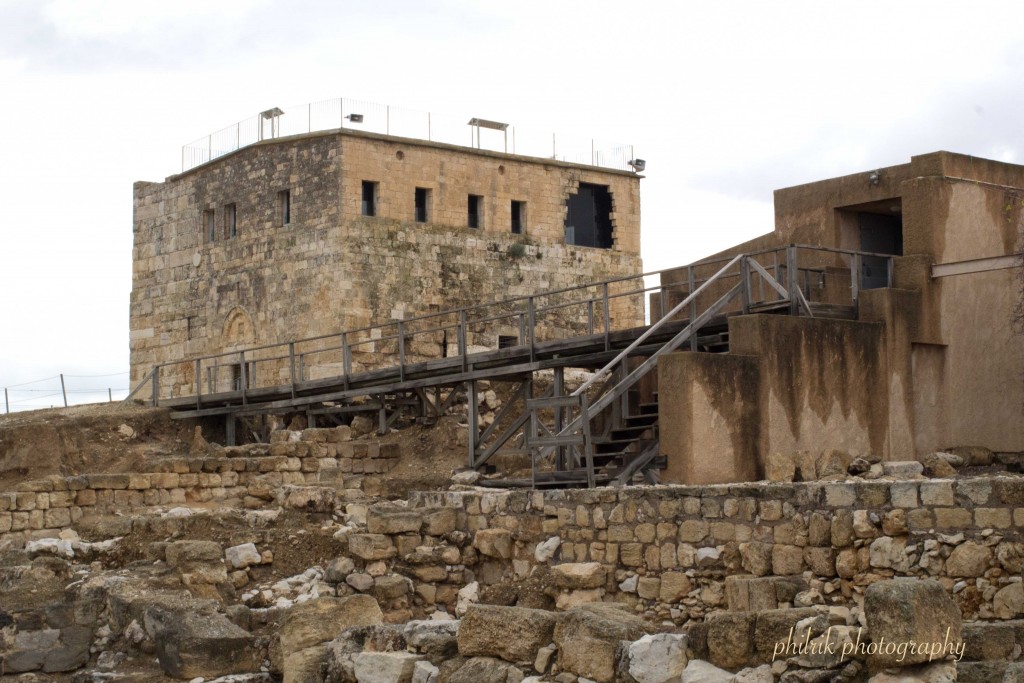












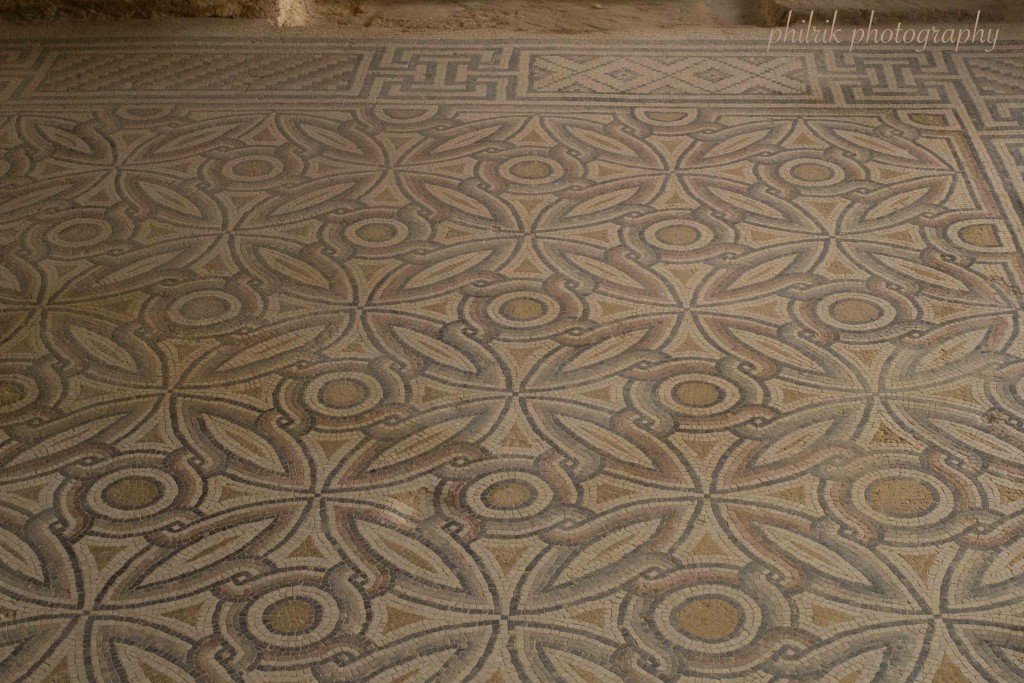








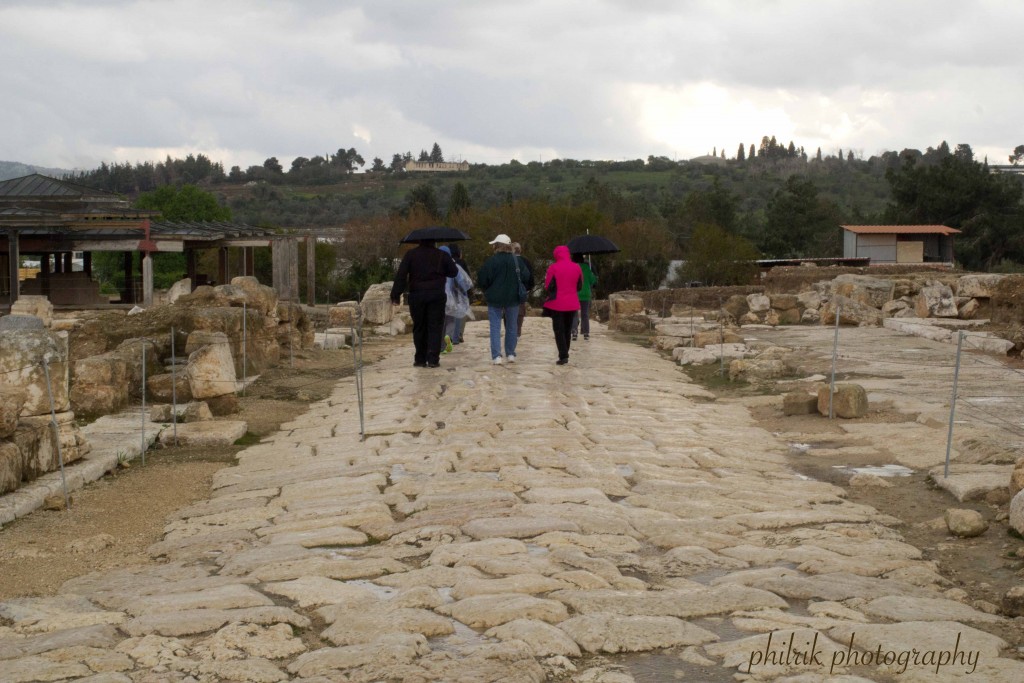





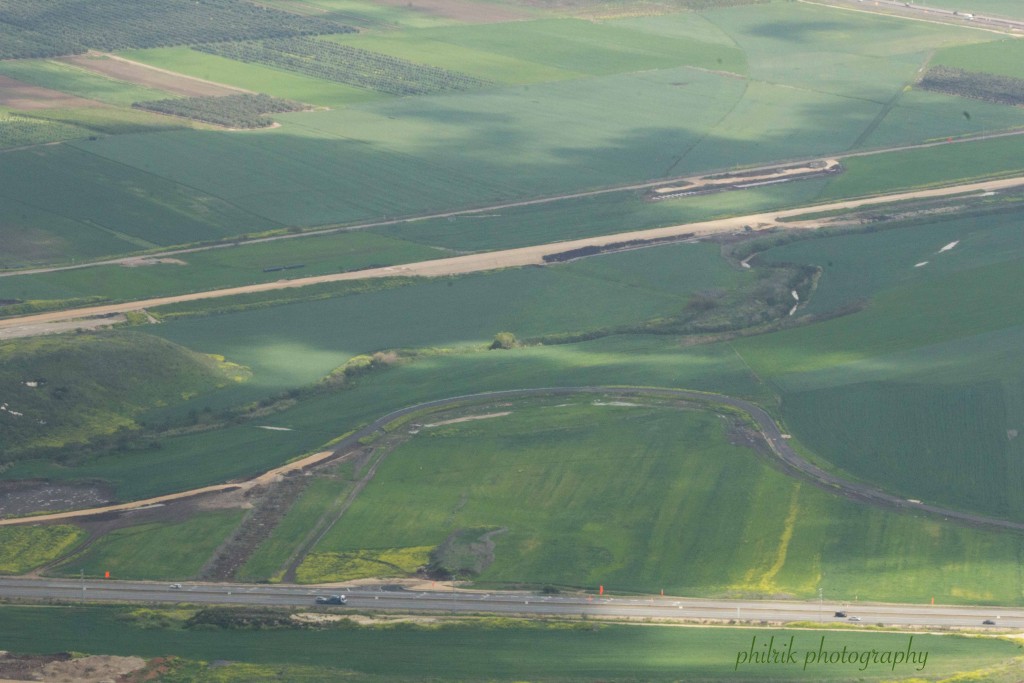




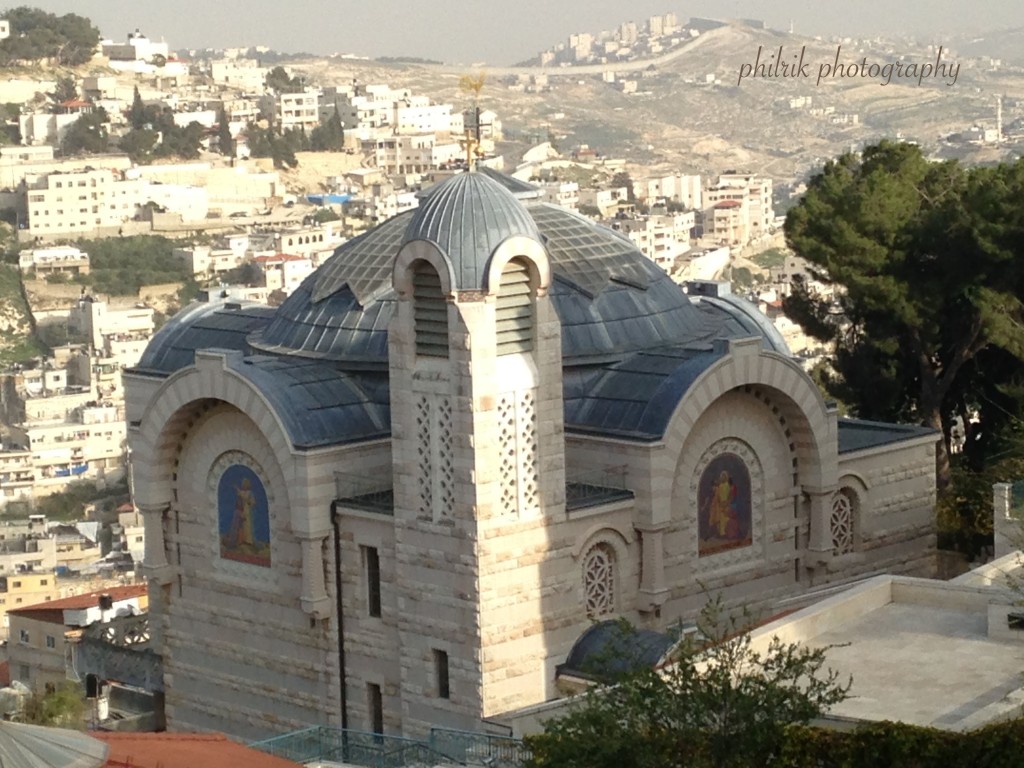










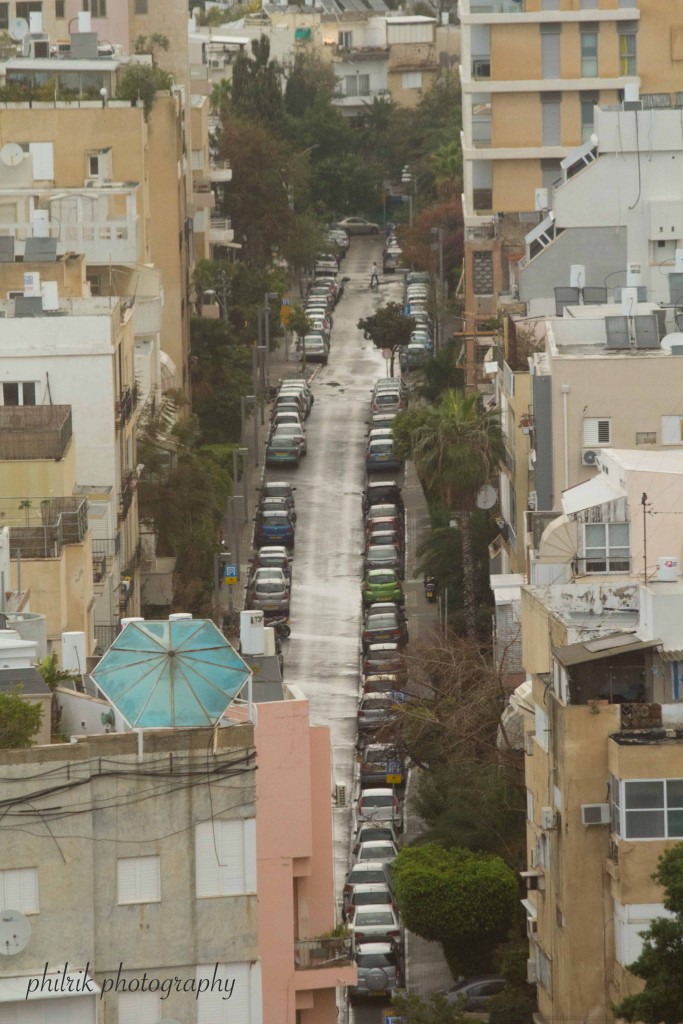





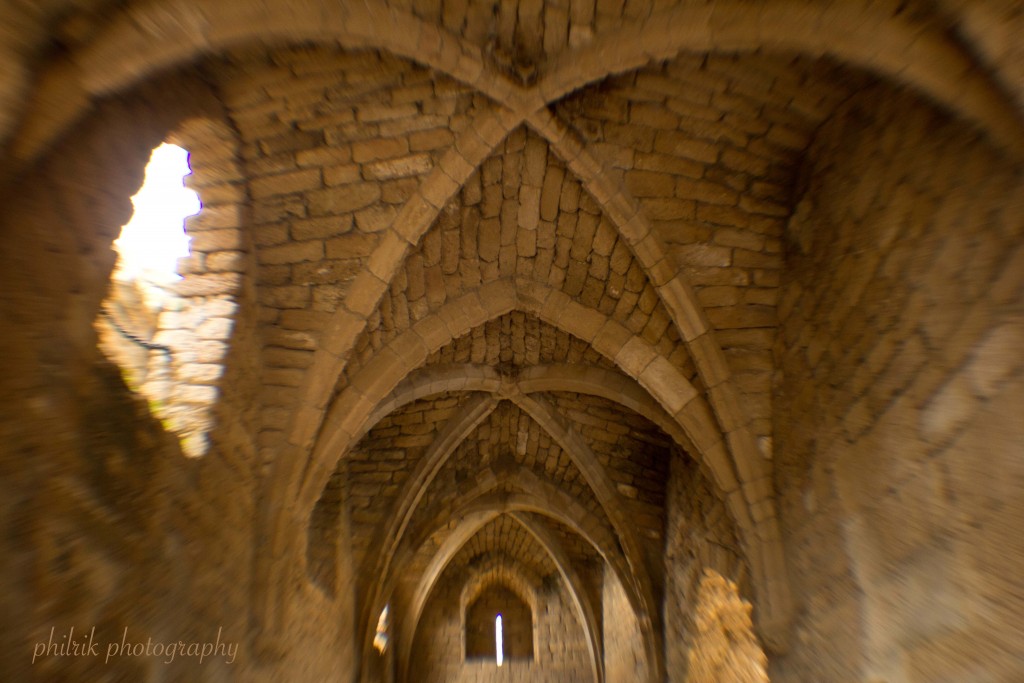





 The south side of the harbor holds new construction on top of the remains of a Crusader tower that was built on the remains of the Roman harbor.
The south side of the harbor holds new construction on top of the remains of a Crusader tower that was built on the remains of the Roman harbor.
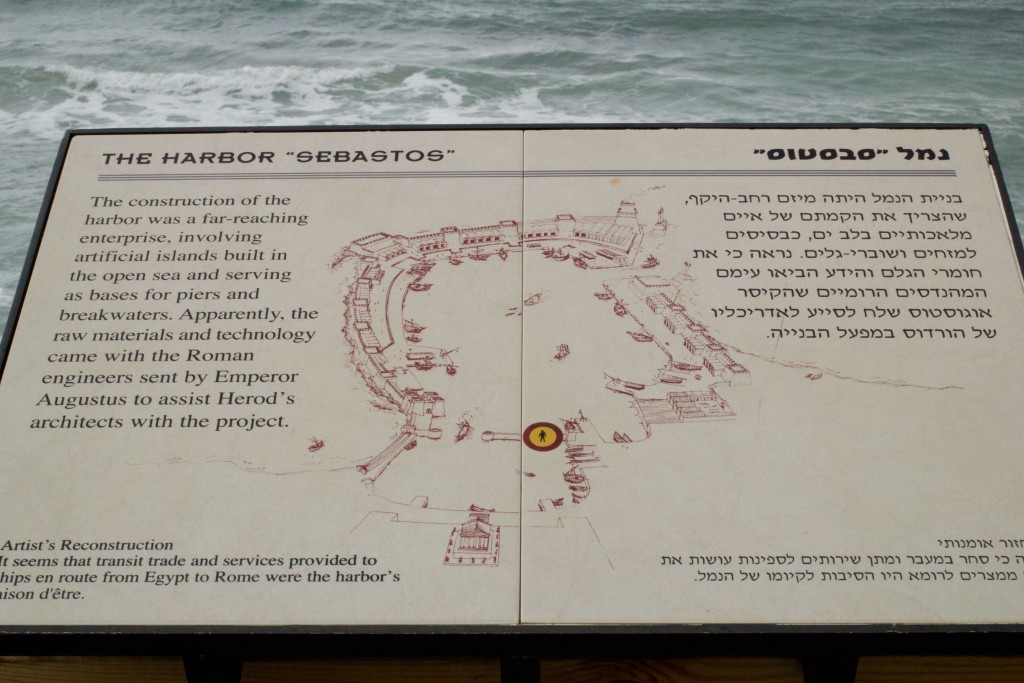




 It ushers us into the layers of Roman construction, with all its fabulous arches.
It ushers us into the layers of Roman construction, with all its fabulous arches.




